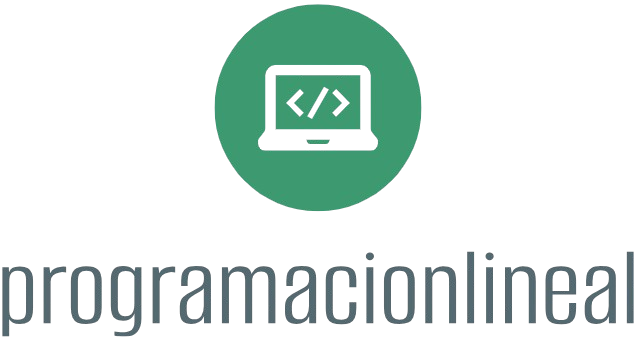Optimizing your web application for Search Engine Optimization (SEO) is crucial for increasing its visibility and attracting organic traffic from search engines. Here’s a comprehensive guide to help you enhance the SEO of your web application:
- Conduct Keyword Research
– Identify Relevant Keywords: Use tools like Google Keyword Planner, Ahrefs, SEMrush, or Ubersuggest to find keywords and phrases that your target audience is searching for.
– Long-Tail Keywords: Focus on long-tail keywords that have lower competition and are more likely to convert. These are usually more specific phrases that relate closely to user intent.
- Optimize On-Page Elements
– Title Tags: Ensure every page has a unique, descriptive title tag that includes the primary keyword. Aim for 50-60 characters to fit search results.
– Meta Descriptions: Write compelling meta descriptions (155-160 characters) that summarize the page’s content and include target keywords.
– Headers (H1, H2, H3): Use header tags to structure your content logically. The H1 tag should be used for the main title, while H2 and H3 tags can organize subsections. Include keywords where relevant.
– Content Optimization: Write high-quality, engaging content that provides value to users. Use keywords naturally, avoid keyword stuffing, and include related terms to help with semantic SEO.
- Improve Site Structure and Navigation
– URL Structure: Use clean, descriptive URLs that reflect the content of the page and include keywords. For example, use `yourwebsite.com/blog/seo-tips` instead of `yourwebsite.com/page?id=123`.
– Internal Linking: Use internal links to connect your pages, helping users navigate your site and allowing search engines to crawl and index your content more effectively.
– Mobile Optimization: Ensure your web application is mobile-friendly. Use responsive design practices to optimize user experience on different devices. Google uses mobile-first indexing, so mobile compatibility is essential.
- Enhance Page Speed and Performance
– Optimize Images: Compress images without sacrificing quality to reduce loading times. Use modern formats like WebP for better performance.
– Minify CSS and JavaScript: Remove unnecessary whitespace, comments, and characters in your CSS and JavaScript files to improve loading times.
– Use a Content Delivery Network (CDN): Employ a CDN to increase the speed of content delivery, especially for users located far from your server.
– Reduce Server Response Time: Optimize your server by upgrading your hosting plan or using caching solutions to speed up responses.
- Technical SEO
– Robots.txt: Create a robots.txt file to instruct search engines on what pages to crawl or ignore. This file should not block important pages.
– XML Sitemap: Generate an XML sitemap and submit it to search engines. A sitemap helps search engines understand the structure of your website and the importance of its pages.
– Schema Markup: Implement schema markup (structured data) to help search engines better understand your content and improve your chances of rich snippets in search results. Use tools like Google’s Structured Data Markup Helper to assist in implementation.
– Secure Your Site: Use HTTPS instead of HTTP to secure your site. Google considers site security as a ranking factor.
- Off-Page SEO
– Backlinks: Build a solid backlink profile by acquiring inbound links from reputable websites through guest blogging, partnerships, or outreach. High-quality backlinks significantly impact your website’s authority and ranking.
– Social Media Engagement: Promote your content on social media platforms to increase visibility and drive traffic back to your site.
– Online Directories: Submit your web application to relevant online directories (like Yelp or Yellow Pages) and industry-specific listings.
- Monitor and Analyze Performance
– Google Analytics: Set up Google Analytics to track website traffic, user behavior, and conversion rates. This data can help you understand which strategies work and identify areas for improvement.
– Google Search Console: Use Google Search Console to monitor your site’s presence in Google search results. It helps identify indexing issues, security problems, and keyword performance.
– SEO Tools: Consider using tools like Ahrefs, Moz, or SEMrush for more comprehensive insights into your SEO performance, including keyword rankings and backlink profiles.
- Keep Learning and Adapting
– Stay Updated: SEO is constantly evolving due to changing search engine algorithms. Follow industry blogs, attend webinars, and participate in forums to stay informed about best practices and trends.
– A/B Testing: Experiment with different on-page elements (such as titles, descriptions, and calls to action) to see which ones yield better results.
Conclusion
Optimizing your web application for SEO requires continuous effort and attention to detail. By implementing the strategies outlined above, you can enhance your site’s visibility, improve user experience, and ultimately drive more organic traffic. Regularly monitor performance and adjust your tactics to ensure that your SEO efforts remain effective over time.











